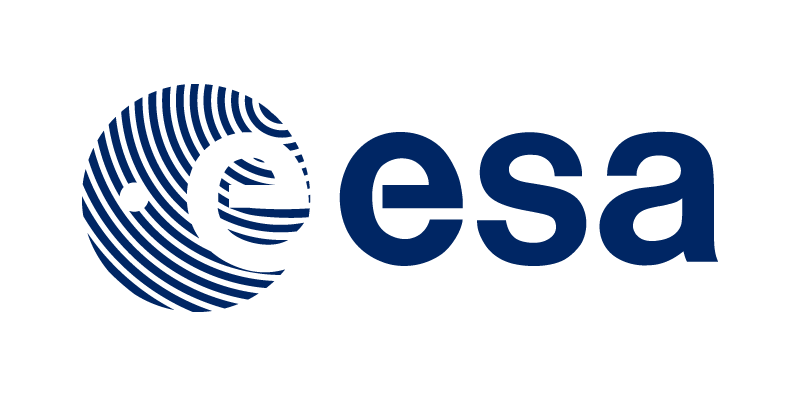Mesospheric surveys and reviews. The project has produced a number of mesospheric overviews and surveys. The Literature Survey Document provides an overview of available satellite data products and models applicable to the mesosphere. A literature study on variability patterns of chemical composition and thermal structure in the mesosphere and the lower thermosphere (MLT) has been made, including an overview of the relative natural processes. An overview on data merging discusses different approaches to combine different measurement sources, summarizes these approaches as applied to experimental data. All the above are of general use to the community dealing with mesospheric research. Use the links in the text above to access these documents.
User Requirement Definition (URD) for mesospheric observations. This document defines the observational requirements from the point of view of climate modellers based on science needs independent of constraints such as spatial resolution, accuracy and observation frequency established by existing observational data sets. In this sense, the URD reflects what is needed in terms of observational data to achieve certain science goals, e.g. validation of long-term trends in climate models by observation. The scientific rationale behind the selection of the requirements is given as appropriate throughout the document. In some cases these requirements match the constraints of existing data, while most often constraints are exceeded. This discrepancy can be interpreted as demand for new observation capabilities, and specifications for future satellite missions can be derived from the requirements. Get the URD from here.
Improved algorithms for mesospheric retrievals and corresponding ATBDs. A comprehensive review was made on the existing retrieval algorithms, and the improvements required for better mesospheric products were identified. Based on this study, algorithms were revised and improved for the MIPAS, SCIAMACHY, GOMOS, and SMR measurements. This has lead to data sets with improved quality, stability, and optimization. All algorithm improvements are documented in the ATBD which available from the project's data service page.
New mesospheric data. Several new data sets have been produced. Na concentration profiles are now retrieved using the Na D-line emission in the terrestrial nightglow using SCIAMACHY nighttime observations. OH Meinel band airglow emission is now retrieved from GOMOS dark limb spectra, with a full monthly mean climatology covering the period 2002–2012 at specified available. GOMOS measurements of sunlight scattering are now used to retrieve Rayleigh temperature in the upper stratosphere and mesosphere. GOMOS limb-scatter observations are used to retrieve the altitude and brightness of NLCs. SCIAMACHY observations are used to retrieve number density profiles of Mg and Mg+ (Mg ion). MIPAS H2O retrieval now provides a data product that covers the whole mesosphere up to 90 km altitude. All data are available from the project's data service page.
Harmonized data sets of mesospheric species. A common file format and variable names have been defined for the project’s data products, following the ESA O3-CCI format, making the data easier to use. In addition to retrieved target species and geolocation data, the files provide a comprehensive set of quality and apriori information, and information specific for each instrument. All data can be accessed from the same place, i.e. through the data service on the project’s web page (mesospheo.fmi.fi). All data are accompanied by Product Specification Documents (PSDs) that describe the variables and contain information for the data users. All data are available from the project's data service page.
Study on data merging possibilities in the mesosphere. Mesospheric data merging is more challenging than in the stratosphere due to generally larger dynamical variability in time scales ranging from diurnal to solar cycle. A study addressing the challenges in creating a merged, multi-instrument time series of the MesosphEO target species is presented, with clear recommendations on approach and techniques. The results are available to the community and are important information for future mesosphere work, e.g. for possible ESA Essential Climate Variable projects in the mesosphere.
Merged products. Merged data products for H2O (using ACE-FTS, MIPAS, SCIAMACHY, and SMR observations) and for T (MIPAS, GOMOS, OSIRIS, and SMR) are provided. These are de-seasonalized, monthly zonal means covering 10-degree latitude bands from pole to pole. They provide extended time series of observations for, e.g., trend analysis studies. All data are available from the project's data service page.
Scientific publications. Following papers have been published in peer-reviewed journals as a result on the project work:
- Langowski, M. P. et al., Comparison of Global Datasets of Sodium Densities in the Mesosphere and Lower Thermosphere from GOMOS, SCIAMACHY and OSIRIS Measurements and WACCM Model Simulations from 2008 to 2012, Atmos. Meas. Tech., 10, 2989-3006, 2017.
- von Savigny, C. et al., First mesopause Na retrievals from satellite Na D-line nightglow observations, Geophys. Res. Lett., 43, DOI: 10.1002/2016GL071313, 2016.
- Langowski, M. P. et al., Retrieval of sodium profiles in the mesosphere and lower thermosphere from SCIAMACHY limb emission, Atmos. Meas. Tech., 9, 295-311, 2016
- Jurado-Navarro, A. A. et al., Global distributions of CO2 volume mixing ratio in the middle and upper atmosphere from daytime MIPAS high-resolution spectra, Atmos. Meas. Tech., 9, 6081-6100, DOI: 10.5194/amt-9-6081-2016, 2016.
- Lopez-Puertas, M. et al., Validation of the MIPAS CO2 volume mixing ratio in the mesosphere and lower thermosphere and comparison with WACCM simulations, Journal of Geophysical Research, 122, 1-22, DOI: 10.1002/2017JD026805, 2017.
- Lopez-Puertas et al., MIPAS observations of ozone in the middle atmosphere, Atmos. Meas. Tech., 11, 2187-2212, DOI: 10.5194/amt-11-2187-2018, 2018.
- Kyrölä, E. et al., Middle atmospheric ozone, nitrogen dioxide, and nitrogen trioxide in 2002-2011: SD-WACCM simulations compared to GOMOS observations, Atmos. Chem. Phys., 18, 5001-5019, 2018. DOI: 10.5194/acp-18-5001-2018
- Hauchecorne, A., et al., A new MesosphEO data set of temperature profiles from 35 to 85 km using Rayleigh scattering at limb from GOMOS/ENVISAT daytime observations, Atmos. Meas. Tech., 12(1), 749-761, 2019. DOI: 10.5194/amt-12-749-2019

